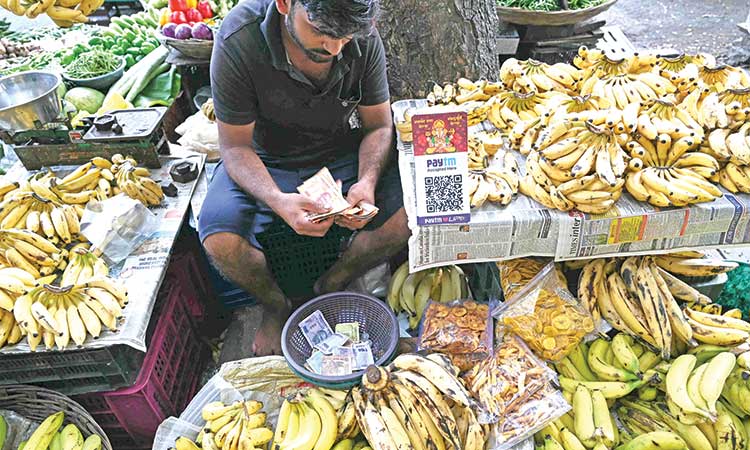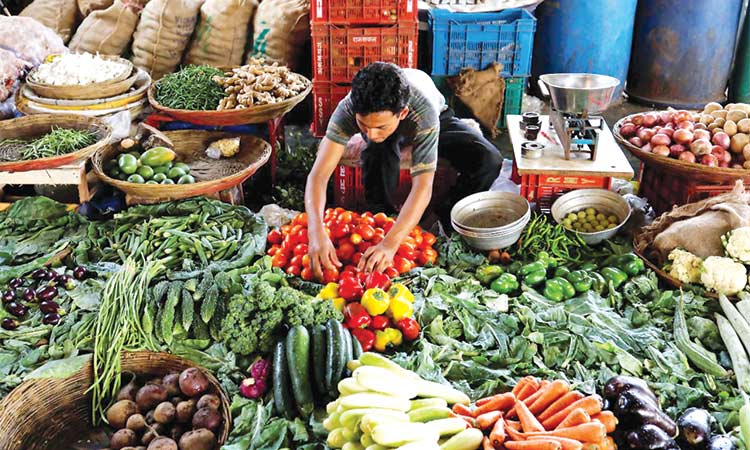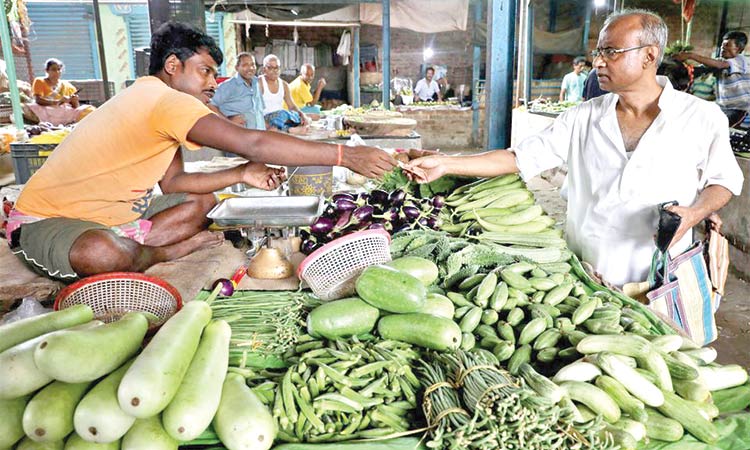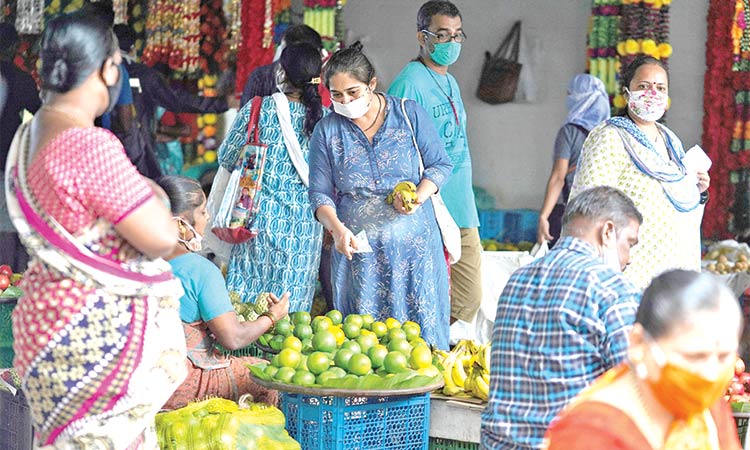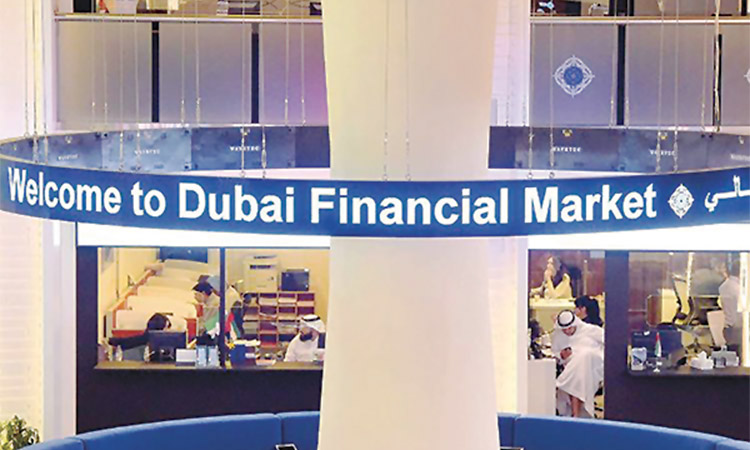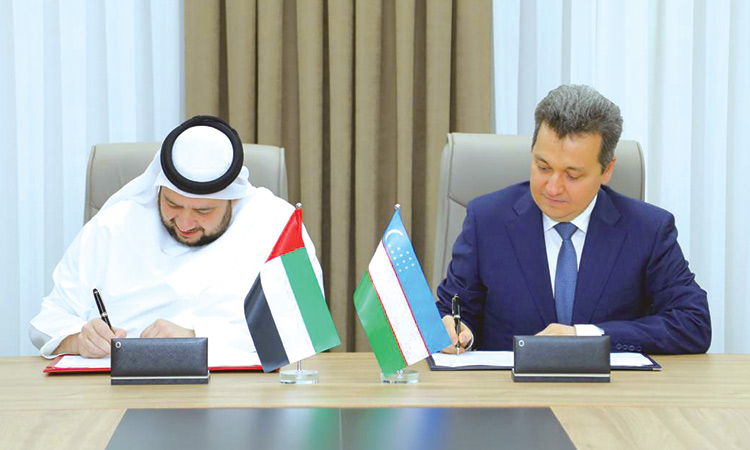India’s July services growth falls to 4-month low as inflation stays high
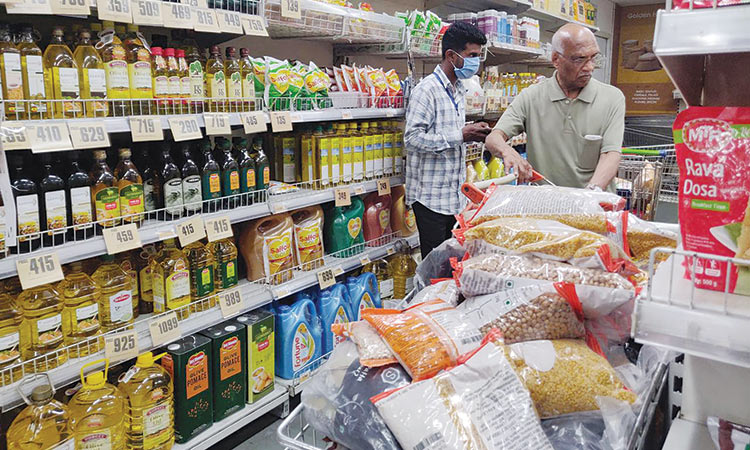
Picture used for illustrative purposes only.
The S&P Global India Services Purchasing Managers’ Index sank to 55.5 in July from 59.2 in June, its lowest since March and below the Reuters poll expectation of 58.5.
But the index has been above the 50-mark that separates growth from contraction for a year and July’s reading was higher than the long-term average.
Moreover, despite sliding from an over 11-year high set in June, the relatively strong reading was underpinned by firm domestic demand.
“There were many positives in the latest results. Business activity continued to rise strongly, with a similarly robust uplift in new business as the offering of new services and marketing efforts bore fruit,” said Pollyanna De Lima, economics associate director at S&P Global Market Intelligence.
“There was, however, a noticeable loss of momentum for the Indian service economy as demand was somewhat curtailed by competitive pressures, elevated inflation and unfavourable weather.”
Like many other countries, Asia’s third largest economy has been grappling with soaring inflation - at a near-decade high - exacerbated by rising commodity prices. A weaker rupee has further bumped up imported inflation.
The Reserve Bank of India (RBI) embarked on its tightening cycle in May, later than most of its peers, but is expected to front-load subsequent hikes to combat inflation.
The new business sub-index was at a four-month low but faired well on historical standards as domestic demand remained firm. New export orders contracted for a 29th straight month, since the onset of the coronavirus pandemic.
Most firms had enough manpower to handle current requirements leading to subdued job creation last month, much the same as in June.
Input prices rose sharply and stayed above the long-run average, despite softening to the slowest pace since February. Food, fuel, inputs, labour, retail, tool and transportation costs were all up.
Firms chose to pass some of the additional costs to customers and although that pace eased from an almost five-year high set in June it was still above trend.
The overall S&P Global India Composite PMI Output Index was strong at 56.6, supported by the factory PMI that rose to its highest since November. However, the composite PMI was at a four-month low and down from 58.2 in June.
Retail inflation: India’s headline retail inflation is expected to ease to its lowest level in five months in July due to declining food prices as well as the lagged effect of a cut in fuel taxes, Barclays said.
“There is more evidence that inflation in India has peaked for now, and it is likely to slow faster than RBI’s published trajectory, coming into the target band by October, according to our latest tracking estimate,” Rahul Bajoria, chief India economist at Barclays, said in a note.
The bank expects July inflation at 6.65 per cent over a year ago, as compared to 7.01 per cent in June and a near eight-year high of 7.79 per cent in April. India is due to release July inflation data on Aug.12.
The government had reduced excise duty on petrol and diesel in May to insulate consumers from rising prices.
“The RBI is likely to take some comfort in the fact that over the next two to three months, sequential momentum of inflation will moderate materially, as the lagged effect of falling prices for cooking oil, cooking gas, base metals and several foods have all moderated,” the economist said.
Barclays expects food inflation to moderate to 6.6 per cent in July, 100 basis points lower than in June, but said strong monsoons over the last month and flooding in parts of country may lead to some losses of perishable crops.
It however expects inflation to stay above the RBI’s tolerance level.
The RBI aims to maintain inflation at 4.00 per cent, with tolerance levels of 200 basis points on either side.
Meanwhile India’s banking system liquidity surplus rose to more than 2 trillion rupees on Wednesday, after dropping to a near three-year low below 500 billion rupees ($6.34 billion) last week.
The surplus rose more than four times to 2.02 trillion rupees, compared with last week, as inflows from the government’s month-end spending helped, according to traders.
“After the tax outflows there was an acute liquidity crunch with most of the banks, but with month-end inflows coming in, the situation is far better now,” a trader with a private bank said.
The one-day interbank call money rate was 4.80 per cent at 0640 GMT, compared with the previous close of 4.40 per cent, while the overnight triparty repo dealing system, or TREPS, was at 4.52 per cent, flat from its previous close.
